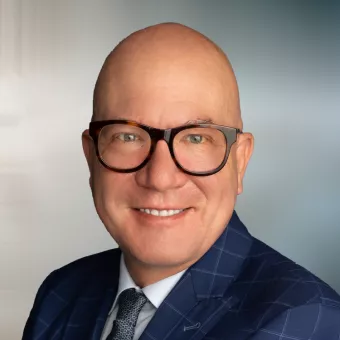There are few commitments as sacred in this country as the oaths taken by our military service members. Every Soldier, Sailor, Airman, and Marine promises to defend our nation and its people, accepting the potential that to do so may require them to lay down their very life. There is no greater calling in public service. These men and women deploy across the world responding to conflict and crisis, putting in hours many can’t even imagine pursuing objectives from warfighting to humanitarian aid. Eventually, they take off the uniform and return to the civilian world with a new title…veteran.
But for most of our veterans the fights do not stay on the battlefield. Continued health problems, both mental and physical, face our veterans, some of them not manifesting until years after they served. PTSD, toxic exposures, trauma from sexual assault while in the service are just a few service-connected injuries that have broadened what the public understands as the “wounds of war.”
Veteran issues in civil litigation
And yet, not all these injuries and their resulting disabilities have been recognized as easily as we would hope. Many fights had to be fought in the civil litigation system. From the 1986 case Nehmer v. U.S. Department of Veterans Affairs, a class action filed by Vietnam veterans challenging the rules for Agent Orange-related disabilities, to Godsey v. Wilkie, litigation seeking relief for veterans dealing with long waits for VA disability compensation, there is a strong history of the civil litigation system serving as an the last battlefield for veterans to receive what they are due.
As a veteran and a civil litigation attorney, I have been honored to contribute to this fight.
I serve as a member of the team fighting for military members, their families, and civilians who were exposed to contaminated water at Marine Corps Base Camp Lejeune in North Carolina. I’ve represented service members and their families in litigation against the Navy for injuries related to a jet fuel spill that contaminated their water supply near the Red Hill Bulk Storage Facility in Honolulu, Hawaii. I have worked with veterans who developed mesothelioma from asbestos exposure, and I have been able to help veterans dealing daily with the very real consequences of burn pit exposures.
In re KBR, Inc., Burn Pit Litigation was litigation representing veterans and contract workers who developed cancers and other chronic conditions after exposure to toxic open-air burn pits. While the U.S. Supreme Court ultimately declined to hear the plaintiff appeals, this case brought the plight of veterans exposed to airborne toxins from these burn pits to the public eye. That awareness and the efforts of many veterans and veteran advocates ultimately led to the passage of the PACT Act, which provided a pathway for VA disability benefits for those harmed by burn pits and other military toxic exposures. Among those who worked so hard is former client Jill Wilkins who was recently honored in Texas at the Burn Pits Gala of Valor for her efforts in advocating for the legislation.

Victory for our veterans
Victory for our veterans comes in many forms.
The truth is we will never be able to fully thank our veterans for their service. Sacrifices made by these brave men and women—big and small, seen and unseen—are something most people simply cannot fathom. What we can do is remember what they gave and stand up for them as new struggles emerge. Veterans need allies outside of the uniformed services. We can thank them, as we do each year, and commit ourselves to ensuring they do not suffer needlessly for volunteering to fight for all of us.
I am proud of being a lawyer. I am even prouder of being a veteran. Please take a moment to recognize the sacrifices of all who served on Veteran’s Day and, more importantly, on every other day of the year.

